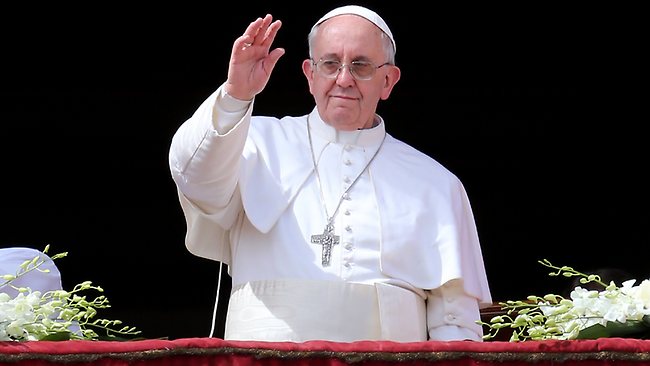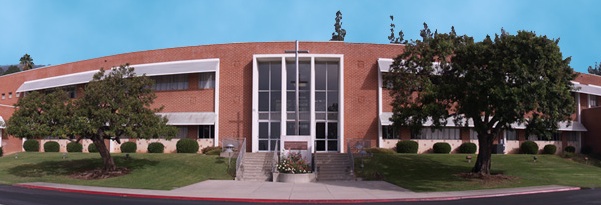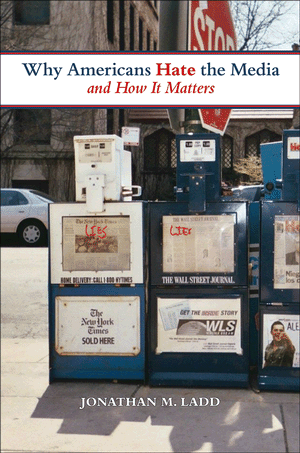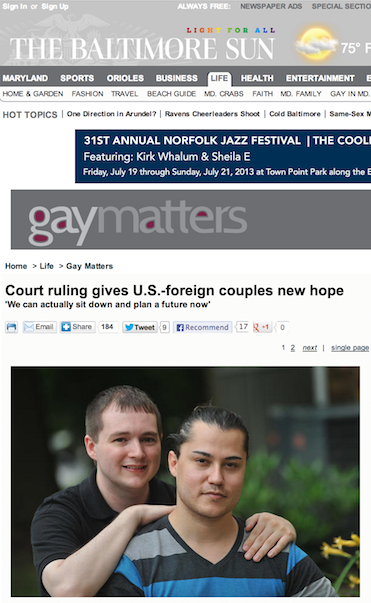One of the fascinating things about Pope Francis is the apparent mad rush among mainstream media scribes to recast the Bishop of Rome in their image, particularly if the image is in any way left-leaning, or, at the least, non-rightward-facing. After the conservative Blessed John Paul II and the conservative Pope Emeritus Benedict XVI, the former Cardinal Jose Maria Bergoglio is now positioned in some media quarters as the Vatican’s version of the Barack Obama of 2008: At last, pontifical “change we can believe in.”
The Economist‘s Erasmus blog, is not exactly a hotbed of Christian, or Catholic, fundamentalism. It recently focused on Pope Francis’ interview with the editor of Italy’s liberal La Repubblica daily, the “atheist journalist, Eugenio Scalfari,” who elicited from the pope some rather hard words about a Vatican “bubble” that may have enclosed previous occupants of the Chair of St. Peter:
It was striking for the warmth of the “small talk” in which the two men engaged (they gave each a metaphorical embrace over the telephone while arranging to meet) and also for the pope’s devastatingly insightful comments on the corrupting effects of power, especially clerical power. “Heads of the Church have often been narcissists, flattered and thrilled by their courtiers. The court is the leprosy of the papacy.” How true. This can also apply to prime ministers, head teachers, generals, perhaps even some newspaper editors (not the brilliant ones I’ve met, of course). But the pomp and circumstance of religious authority can be especially corrosive.
Nor, one might suggest, is the Roman Catholic Church the only ecclesiastical body where the top leader is, well, cosseted by praise and pomp while holding office, only to find themselves in a lonely place after a sudden departure. In the past 15 years, this writer has witnessed exactly that happen in two (very different) Christian organizations — one just a few months ago — and I’m guessing there are many similar stories elsewhere in religion-land. But I digress.
Ersasmus’ author, identified only as “B.C.” in a byline, moves beyond the “court” talk to zero in on something truly important to many wondering about where Pope Francis will lead his global flock:
The comment from Francis that upset religious traditionalists was this: “Everyone has his own idea of good and evil and must choose to follow the good and fight evil as he conceives them. That would be enough to make the world a better place.”
The Economist then notes the discomfiture of Rod (Friend of this Blog) Dreher and others about what was an almost-universalist turn in Francis’ phrasing. On the contrary, Erasmus argues, we should view the pontiff’s words through the prism of the Pampas:
Yet the pope is not merely being fashionably modern (or post-modern) when he recognises integrity in people whose metaphysical views are different from his own, and detects dishonesty among people of the church. He is speaking out of his own experience of living through an urban guerrilla war and an exceptionally brutal dictatorship in his native Argentina. He hints at this in his exchanges with the editor, recalling his youthful encounter with a communist professor, later killed by the military. He didn’t accept her materialist world-view but he did respect her as a “courageous and honest” person. Doubtless he was also deeply disappointed by the clerics who fawned on the dictators.
But Erasmus appears to have forgetten that Francis isn’t a tweedy, pipe-puffing college professor or the proprietor of an ecclesiastical Algonquin Round Table. He is the Supreme Pontiff of the Roman Catholic Church, and as such apparently feels the need to get as many people as possible to hear what he’s saying so that his message can reach out to them. Relatability seems to be Francis’ stock-in-trade, and, after whatever remoteness some perceived in Benedict, it’s not a bad thing.
There is, however, a difference between respecting the views of others and accepting those views as equal, or making a friendly remark about folks getting along into a vote for syncretism of some kind. It’s nice to “make the world a better place,” but nothing in Francis’ comments suggests that should be the end of the matter. If Scalifari didn’t press the point, the La Repubblica editor not only missed an opportunity, he also gave Erasmus (and others) leeway to pigeonhole Francis in a way the pope might not want to be classified.
A day earlier, Jim Dwyer of The New York Times, whose beat is interesting people stories, and not religion, played the “leprosy of the papacy” card in his “About New York” column about two nuns, Sister Camille D’Arienzo and Sister Helen Prejean, the latter of “Dead Man Walking” fame.














